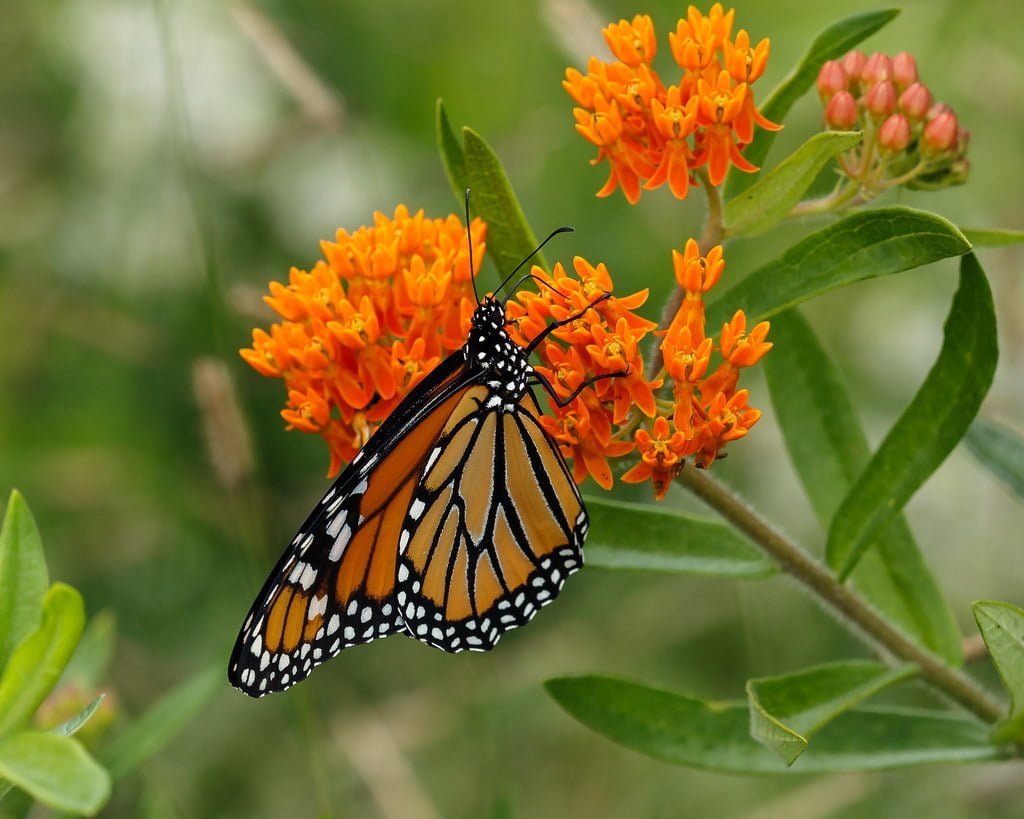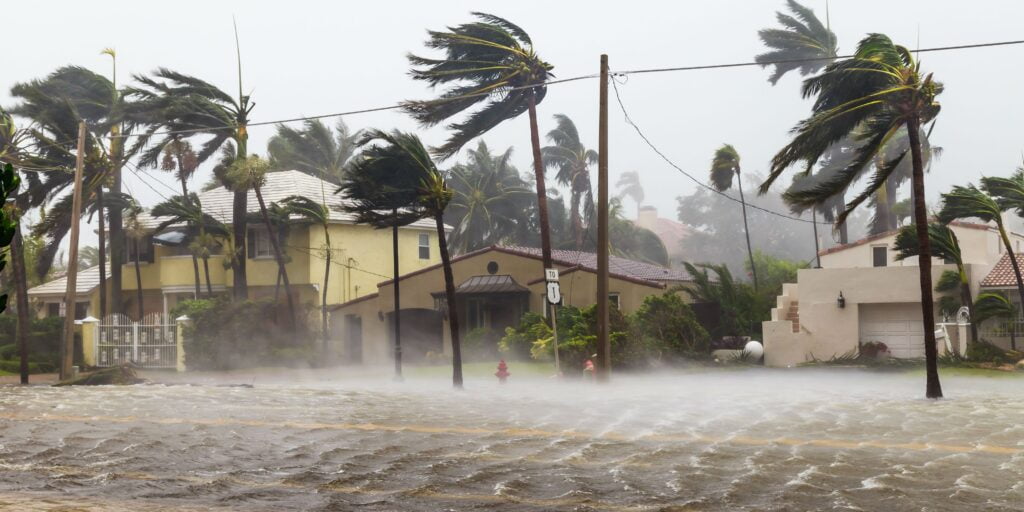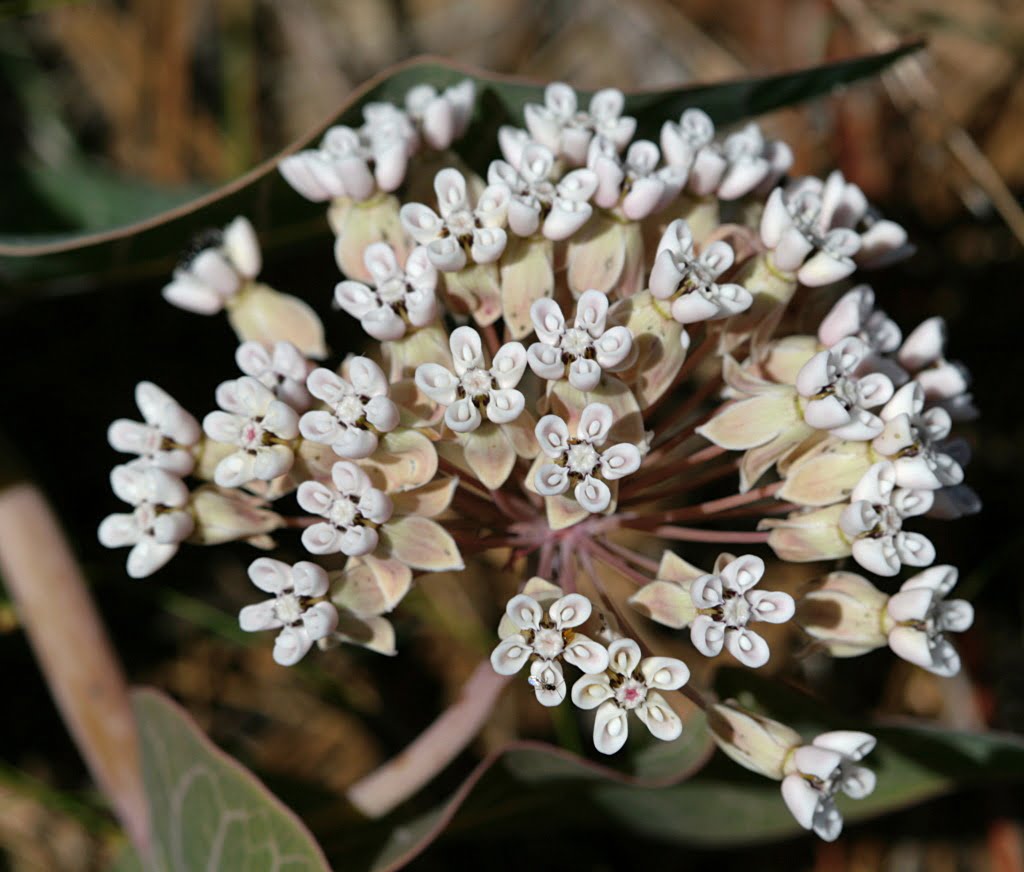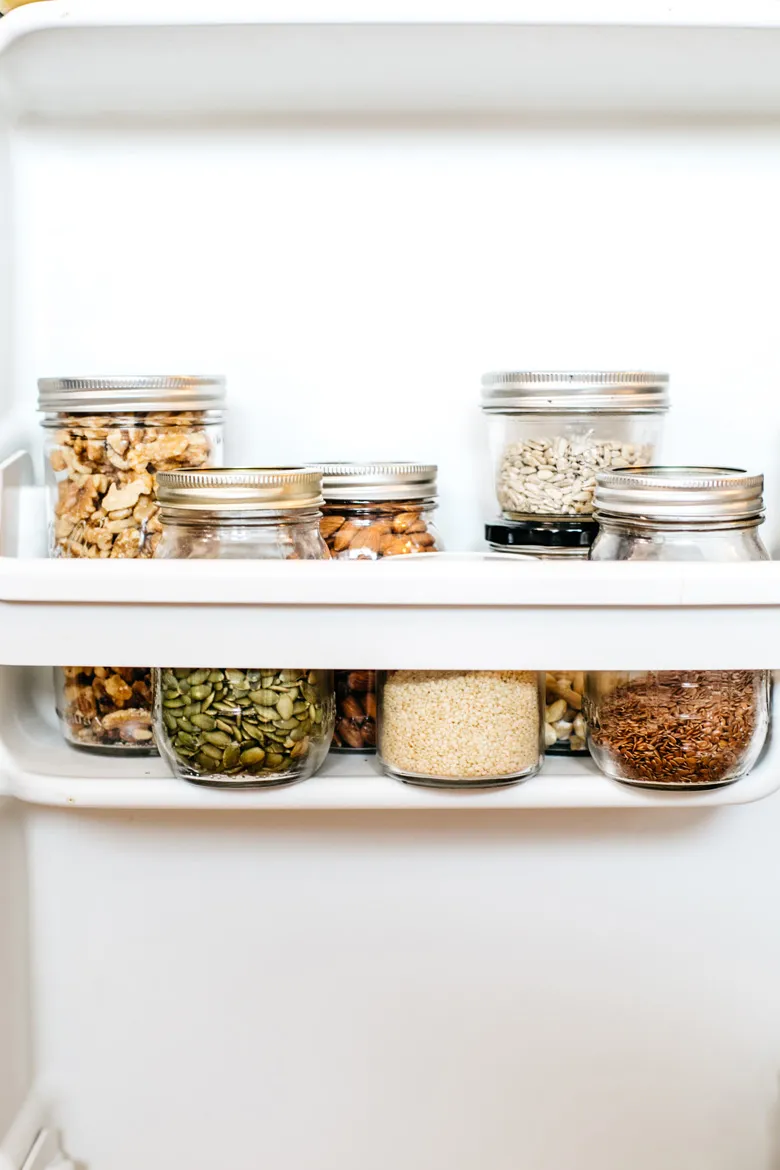In USDA Zone 9 (& 10), where winters tend to be mild, cold stratification may not be necessary for all plant species. However, it can still be beneficial for certain seeds, particularly those that naturally undergo a cold stratification period in their native habitats.

Cold stratification helps break seed dormancy and promotes more reliable and consistent germination.
Native Plant Species
If you are working with native plant species that naturally experience cold winters in your region, it’s a good idea to follow their natural germination requirements. Some native seeds, such as those of wildflowers or trees, may require a period of cold stratification to mimic their natural environment and stimulate germination. Research the specific germination requirements of the seeds you are planting to determine if cold stratification is necessary.
Non-Native or Exotic Plant Species
Non-native or exotic plant species that are not adapted to your region’s climate may have different germination requirements. It’s important to research the specific needs of these seeds before planting. Some non-native seeds may still benefit from cold stratification, even in Zone 9, especially if they come from regions with cold winters.
Variation within Zone 9
While USDA Zone 9 is generally characterized by mild winters, there can still be variations within the zone, including microclimates. Some areas within Zone 9 may experience colder temperatures or brief periods of frost. In such cases, cold stratification may be more beneficial for a wider range of seeds. Consider local weather patterns and microclimates in your specific area.

Butterfly Milkweed Seeds (Asclepias Tuberosa) for North America
More than 50 Orange Butterfly Milkweed Seeds (Asclepias tuberosa) originating from tobacco country for most of North America.

Individual Seed Species
Each plant species has its own unique requirements for germination. Some seeds are naturally adapted to cold stratification, while others may not need it at all. It’s important to research the specific seeds you are working with to determine their germination preferences.
Milkweed Species
Milkweed (Asclepias) that originate in Zones 9 and 10 do not require cold stratification, however germination rate (the percentage of seeds that sprout) will likely be increased after a cold stratification period.

10 Sandhill Milkweed Seeds Ascslepias Humistrata Pinewood Milkweed Florida-Native
With Johnny Butterflyseed’s Sandhill Milkweed seeds, you’re not just planting flowers; you’re cultivating a living mosaic of nature’s marvels. 10+ Florida Native seeds.
Therefore, Johnny says:
Cold Stratification is optional, but recommended to increase Milkweed seed germination rate for seeds originating in USDA Zones 9 & 10.
Milkweed seeds that originate in zones 3 through 8 may require cold stratification to germinate at all. Safest will be to cold stratify those seeds for at least 6 weeks.
By mastering the art of gardening, we can get closer to a world full of butterflies. By learning everything we can about the plants that caterpillars eat, we will support butterfly ecology and see population numbers increase… one day at a time!

Butterfly Milkweed Seeds (Asclepias Tuberosa) for North America
More than 50 Orange Butterfly Milkweed Seeds (Asclepias tuberosa) originating from tobacco country for most of North America.
